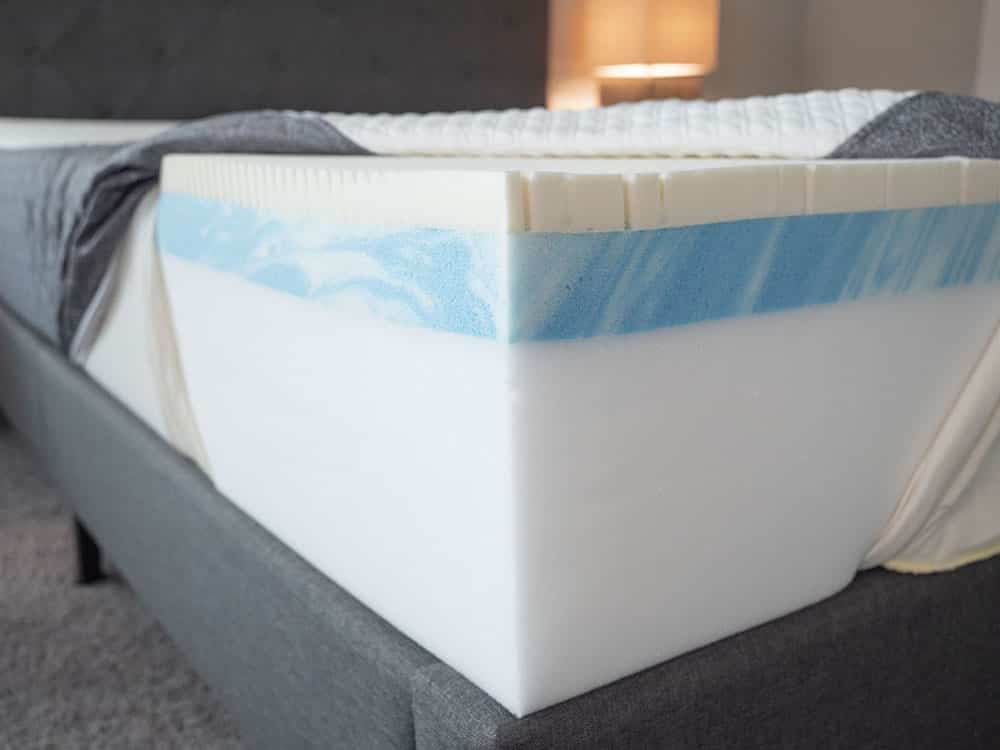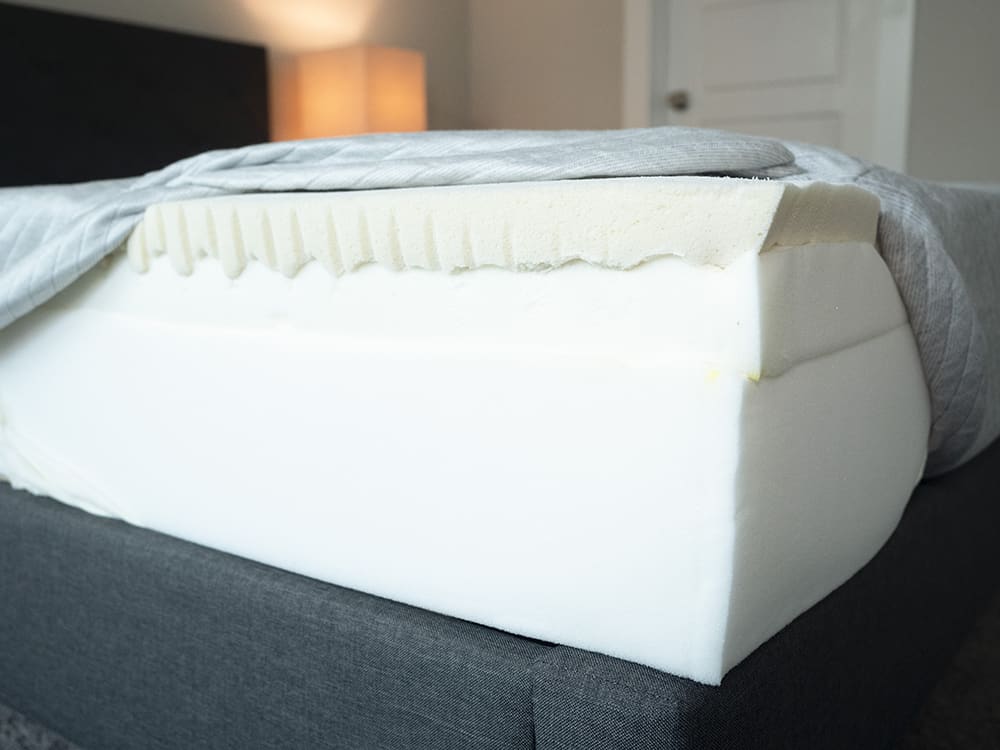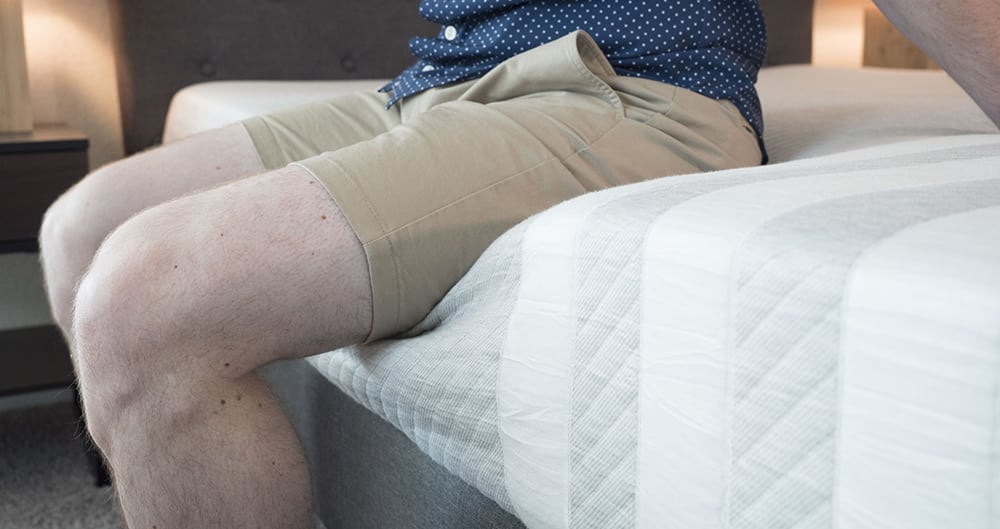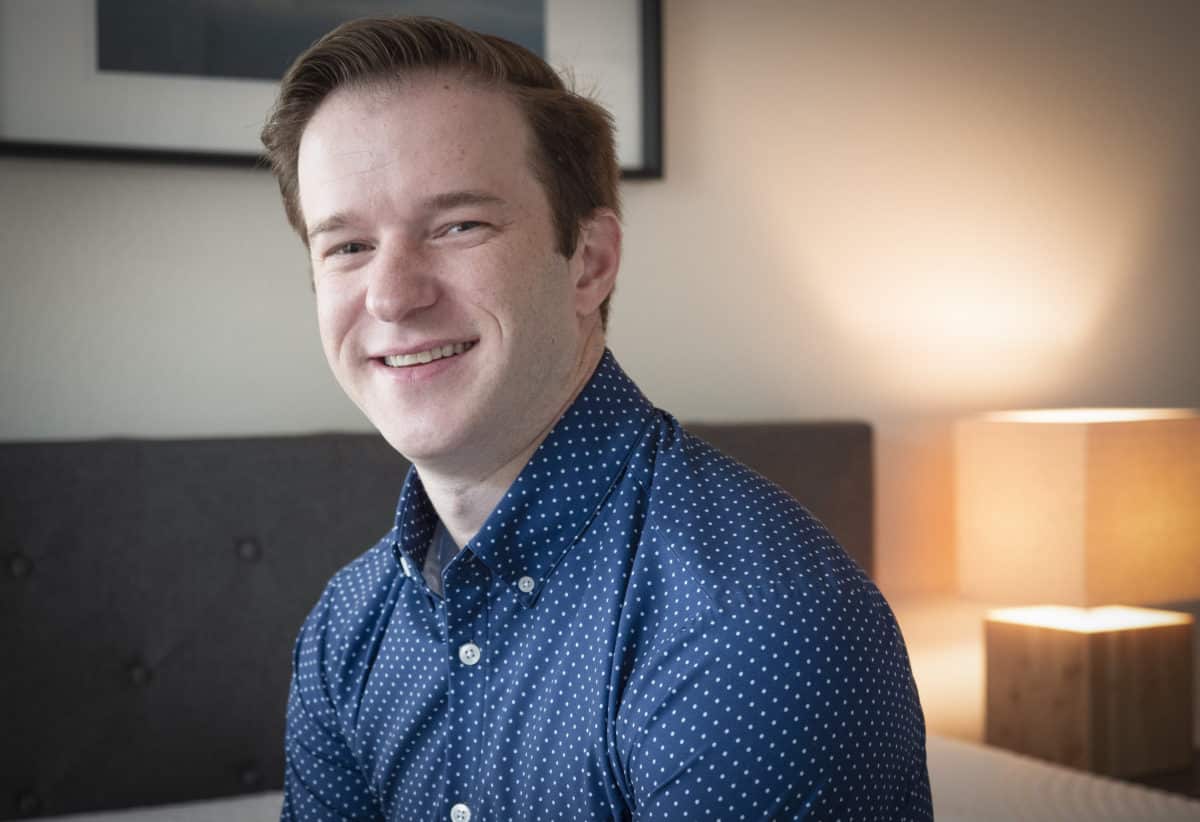If someone has narrowed down their mattress search to the GhostBed and the Leesa, they may need help making their final decision.
This mattress comparison breaks down the construction of both mattresses in full detail, including the important highlights consumers should know about. Then the article discusses what type of sleeper each mattress is most appropriate for and highlights the key similarities and differences between them.

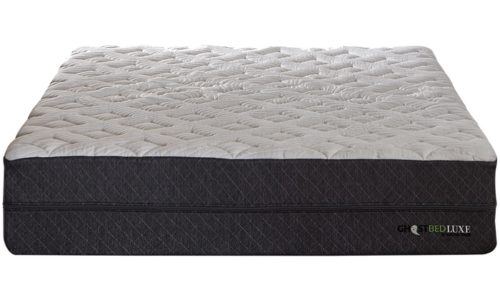
- Firmness: 7.5/10
- Motion Isolation: Lose
- Edge Support: Win
- Best for: Back or Stomach Sleepers
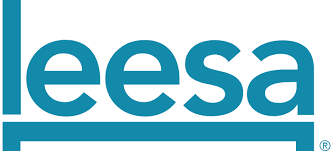

- Firmness: 6.5/10
- Motion Isolation: Win
- Edge Support: Lose
- Best for: Side Sleepers
Key Similarities
- They are both all foam mattresses and have similar base polyfoam layers.
- They both have memory foam in their second layer.
Key Differences
- The GhostBed is firmer than the Leesa by a noticeable amount
- The GhostBed is thicker overall.
- The comfort layer on the Leesa is thicker, potentially making it better for heavier side sleepers.
- GhostBed uses latex, while Leesa uses Avena Foam, a latex-like foam.
GhostBed Construction
- The GhostBed is 11” tall and features there separate foam layers.
- The cover is thin and soft and doesn’t affect the overall feel of the mattress significantly.
- The first layer is 1.5” of a latex foam, which gives the mattress bounce and resilience.
- This is followed by 2” of a gel memory foam, which gives the mattress good pressure relif.
- The final layer is 7.5” of a high density, base support foam, which is fairly standard in the industry.
Read the full GhostBed review, HERE.
Leesa Construction
- The Leesa is 10” tall and features three separate foam layers.
- The cover is thin and soft and doesn’t affect the feel of the mattress too much.
- Next is a layer of LSA200 foam, which gives the mattress bounce, resilience, and breathability.
- Then there is a layer of contouring memory foam, which gives the mattress additional softness and pressure relief.
- The support layer is base support foam which is pretty standard on the market.
Read the full Leesa review, HERE.
Construction Differences/Notes
- They both have soft, thin covers that don’t affect the overall feel of the mattress too much.
- They have similar polyfoam base layers that are pretty standard in the industry.
- The comfort layer is just a bit thicker on the Leesa, which could be good if someone is a heavier side sleeper, so they don’t bottom out and feel the support layer underneath.
- On both mattresses, people get pressure relief from the second layer and response and bounce from the first layer.
- The top layers in both mattresses also help with cooling and both should be fairly breathable.
Firmness/Feel
While the constructions of these two mattresses are quite similar, they do have different firmnesses. For me, the GhostBed was a 7.5/10 and the Leesa was about a 6.5/10.
With the GhostBed, there was excellent support when I was on my back and stomach. With the Leesa, there was very nice pressure relief when I was on my side.
In terms of feel, the mattresses have a similar balanced foam feel, as it is easy to move around on both mattresses without feeling “stuck.”
People can watch the video below to see GhostBed’s balanced foam feel and how it reacts to pressure.
Watch how the Leesa offers good pressure relief without you getting “stuck” in the mattress. It should be easy to move around on this mattress and also switch positions throughout the night.
Motion Isolation
They are very close in terms of mattresses for motion isolation, but I think the Leesa performs just a bit better and saw less motion transfer during my tests.
If someone sleeps with a partner, the Leesa may be the better choice for people who don’t want to be disturbed by their partner’s movements at night.
People can watch the two videos below to see the motion isolation differences between the GhostBed the and Leesa.
Edge Support
The GhostBed is the firmer of the two mattresses, and because of this, I had an easier time sitting on the edge and lying down near the edge. I didn’t feel like I was going to fall off in either position.
People can see the edge support differences in the photos below.
Before deciding which mattress is perfect for you and your needs, it may be helpful to check out our other popular Leesa and GhostBed comparisons like Leesa vs Casper and GhostBed vs Tempur-Pedic.
Marten’s Take
Marten is a staff writer for us and has a much different body type from me. He is 6’7″ and weighs about 230 lbs (I am 5’9″ and 160 lbs.). Here is what he thought about the two mattresses and how appropriate they are for heavier sleepers:
For the Leesa, I said it was a 7.5/10 and, for the GhostBed, I said it was about an 8.5/10.
On the Leesa, when side sleeping, there was decent pressure relief on the shoulders and hips. There was a bit of firmness, but not too much to be bothersome. Switching to back sleeping, there was good overall support and body contouring. However, on my stomach, I felt myself bow at my hips and was lacking proper support.
On the GhostBed, when I was on my side, it was a little too firm to get really comfortable. I felt some pressure on my shoulders and on my hips. On my back and stomach, I felt good overall support and thought it was about the right firmness level.
That being said, if someone is heavier and a side sleeper, they should probably go with the Leesa. If someone is heavier and a back sleeper, either mattress should work perfectly fine. Finally, if someone is heavier and a stomach sleeper, they should go with the GhostBed to get proper support.
Marten is a different size than me, but he agreed that the GhostBed is the firmer of the two mattresses. Because of this, he also felt that the Leesa felt better when he was on his side. Also, while he felt decently supported on his back with both mattresses, he needed the firmer GhostBed to give him the support he needed when he was on his stomach.
Who Should Pick GhostBed:
- Those who prefer a firmer mattress- These mattresses are similar in many ways, but the GhostBed is clearly firmer and more supportive. If someone prefers a bit more support or likes the feeling of a firm mattress, this is probably the better choice.
- People who sleep primarily on your back or stomach- Since this is the firmer of the two mattresses, it offers more support for when people are sleeping on your back and stomach. With the Leesa, their hips may sink in more, potentially taking their spine out of alignment.
Related: Best Mattresses For Stomach Sleepers
Who Should Pick Leesa:
- People prefer a bit softer mattress- The Leesa is the softer mattress so, if people want extra pressure relief, this may be the way to go.
- Side sleepers or heavier side sleepers- The Leesa has a thicker comfort layer and is a softer mattress than the GhostBed, and it relieves pressure well on the shoulders and hips. Also, heavier side sleepers, shouldn’t bottom out on this mattress as easily as they would on the Ghostbed.
Related: Best Mattresses For Side Sleepers
Overall
The GhostBed and the Leesa are alike in many ways and have similar constructions and overall feels.
The main difference is their firmnesses, which should really make a difference for people deciding between the two. The GhostBed is firmer and could be a better match for back and stomach sleepers, while the Leesa is softer and may be a better fit for side sleepers of many sizes. Please leave any specific comments or questions about the GhostBed or Leesa in the comment section below. Consumers should read through this article multiple times, assess their preferred sleeping positions, and then make a more informed decision.

